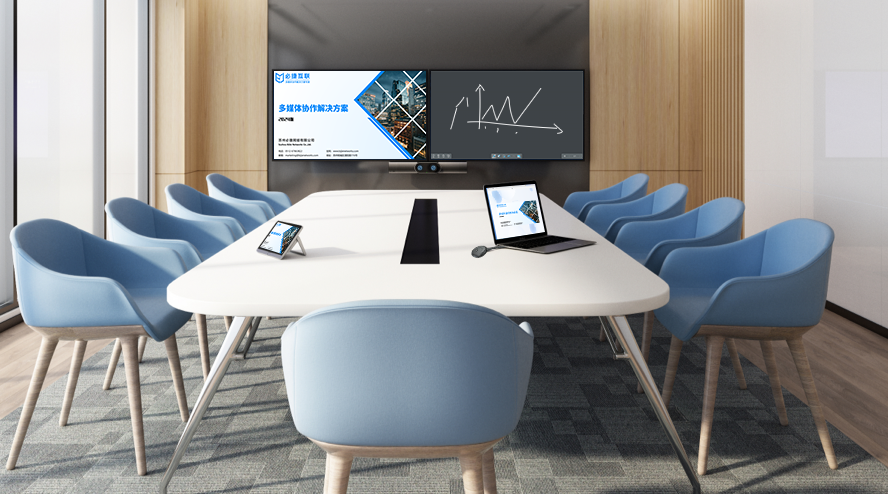Miracast: Screen Mirroring Solution with Direct Device Connection (No Network Required)
Leveraging direct device connection technology, the Miracast solution enables Android phones, Windows computers, and other devices to connect directly to large screens without relying on a WiFi network. Free from the constraints of cables and networks, it features simple and stable operation, easily handling scenarios such as outdoor work, ad-hoc meetings, and mobile teaching.
Wide Device Compatibility, Zero Barrier for Direct Connection
Most mobile phones/tablets running Android 4.2 or above, and computers with Windows 8.1 or above, natively support the Miracast function—no additional apps or drivers need to be installed.
- Enable the “Wireless Display” or “Projection” option on your device.
- Search for the receiving device and tap to pair; the connection is completed in 2-3 seconds, as simple as connecting via Bluetooth.
It is compatible with both new and old devices, including old laptops and basic Android models, with no restrictions based on device model or system version. Its compatibility covers over 90% of mainstream devices.
Stable Performance Without Network, Uncompromised Mirroring Quality
Independent of external networks, devices connect directly via an exclusive wireless channel, avoiding lag caused by weak signals or network congestion.
- It supports 1080P HD image transmission: When casting engineering drawings, line textures are clearly visible; when casting data reports, small text in spreadsheets remains sharp.
- Transmission latency is as low as 40ms, ensuring precise audio-video synchronization. When playing demo videos or dynamic PPTs, there is no screen trailing, and issues like “operation delay” or “audio-video misalignment” are avoided. Even in outdoor environments without a network, a high-quality screen mirroring experience is maintained.
Multi-Scenario Adaptation, High Practicality
1. Outdoor Work Scenarios
- At construction sites with no network: Engineers can connect laptops directly to portable projectors to cast construction plans; on-site photos of problems taken with mobile phones can be instantly cast to large screens, eliminating the need for workers to crowd around small screens to discuss details.
- At temporary exhibition booths: Sales staff can connect tablets to large screens to cast product introductions—smooth display is achievable without pulling network cables, attracting customers’ attention.
2. Ad-Hoc Meeting Scenarios
- When the conference room network fails: Participants can connect Windows computers directly to the meeting screen to cast plans; mobile phones can take turns mirroring to supplement materials, ensuring discussions are not interrupted by waiting for network recovery.
- During business trips: Connect a computer to the hotel TV to cast presentation content for online communication with the team—clear and stable images ensure remote collaboration is not limited.
3. Mobile Teaching Scenarios
- In training classrooms or outdoor study trips with no fixed network: Teachers can connect tablets directly to mobile large screens to cast operation steps; students can cast practice results from their mobile phones for immediate and intuitive review.
- In rural schools with weak networks: Miracast is used to mirror teaching courseware, eliminating reliance on networks and making classroom teaching smoother.
Administrators can set screen mirroring permissions via the backend to prevent interference from irrelevant devices. The receiving device can remember frequently used devices and automatically pop up a connection reminder when turned on next time, avoiding repeated operations. Daily maintenance requires no complex settings—devices are ready to use once powered on. For scenarios requiring screen mirroring without a network or on a temporary basis, the Miracast solution is definitely the right choice.
